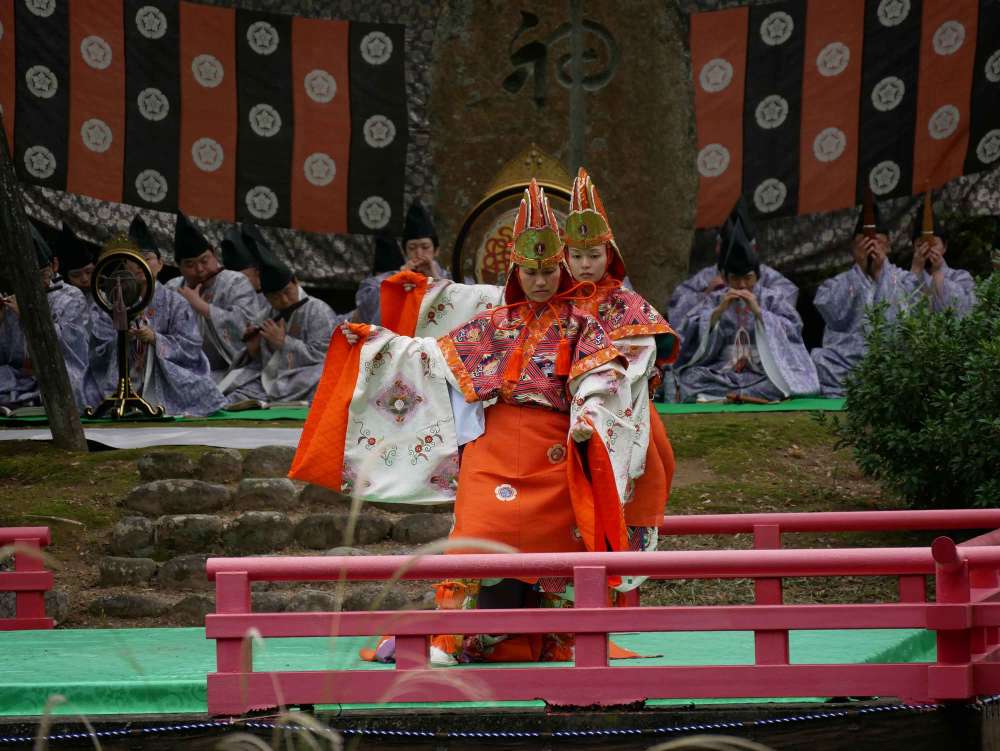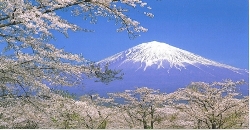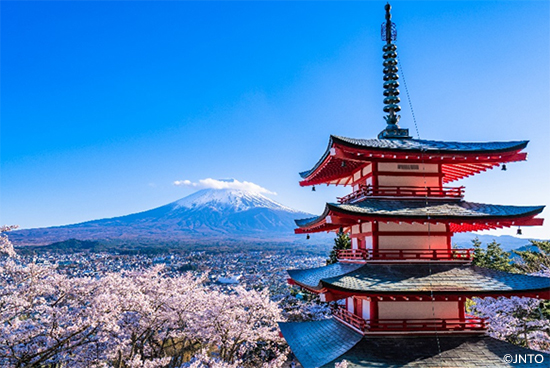
Explore Japan’s rich cultural heritage through its traditional performing arts. From the dramatic storytelling of kabuki and noh to the intricate puppetry of bunraku, these art forms offer a window into centuries-old traditions. You can also experience gagaku, the serene music of the imperial court, and the graceful performances of geisha, showcasing refined dance and music.
These cultural treasures, recognized by UNESCO as Intangible Cultural Heritage of Humanity, continue to thrive in theaters, tea houses, and concert halls across Japan. Whether it’s the vibrant costumes of kabuki or the tranquil sounds of gagaku, each performance reveals a unique part of Japan’s history.
Kabuki: Dynamic Drama and Dance

Kabuki, Japan’s iconic theater form, originated in Kyoto in the early 17th century, where shrine maiden Izumo no Okuni introduced a bold new style of dance drama. Its popularity quickly spread, becoming a favorite of Edo-period society. Initially performed by women, kabuki evolved into an all-male art after women were banned from the stage in 1629. Male actors, particularly those specializing in female roles (onnagata), continue to play all characters, captivating audiences with elaborate costumes, stylized movements, and expressive storytelling.
Kabuki plotlines often draw on historical events and moral dilemmas, accompanied by traditional music. Major theaters, including Tokyo’s Kabukiza and Kyoto’s Minamiza, offer regular performances. For international visitors, many venues provide English subtitles or explanations to enhance the experience.
Noh and Kyogen: Classical Refinement

Noh, Japan’s oldest theatrical art form, developed in the 14th century, combining music, dance, and drama. With its origins in religious rituals, noh emphasizes subtlety and symbolism, often featuring masked performers and poetic narratives. Kyogen, a comedic counterpart, balances noh’s solemnity with lighthearted, dialogue-driven interludes. Together, these art forms make up nogaku theater.
Noh and kyogen performances typically follow a structured program, showcasing themes of gods, warriors, women, and supernatural beings. Venues like the National Noh Theater in Tokyo and similar spaces in Osaka and Kyoto host regular shows, some with translations to accommodate non-Japanese audiences.
Bunraku: Puppet Theater Mastery

Bunraku, Japan’s traditional puppet theater, originated in Osaka in the late 17th century and is renowned for its intricate craftsmanship. Each puppet requires three puppeteers to manipulate its movements, creating lifelike expressions and gestures. The performance is accompanied by a tayu narrator and traditional shamisen music, blending storytelling and sound.
The National Bunraku Theater in Osaka and Tokyo’s National Theater host regular performances, often offering audio guides for international visitors. This unique art form showcases the incredible skill and dedication required to bring puppets to life.
Geisha Performances and the Miyako Odori

Geisha and apprentice maiko offer a glimpse into Japan’s refined entertainment traditions through music, dance, and conversation. Public performances, such as Kyoto’s famous Miyako Odori, provide an opportunity to experience their artistry. Held every April, this event showcases elegant dances and songs by geiko and maiko in stunning attire.
Visitors can enhance their Miyako Odori experience with matcha tea and traditional sweets before the show. Performances are held in Kyoto’s historic Gion district, where the beauty of spring cherry blossoms provides a perfect backdrop for this cultural highlight.
Gagaku: Imperial Court Music

Gagaku, Japan’s ancient court music, blends Japanese and continental Asian traditions, dating back over a millennium. It incorporates three performance styles: instrumental (kangen), dance and music (bugaku), and vocal (kayō). Performed with instruments like the shō (mouth organ), hichiriki (oboe), and taiko (drums), gagaku exudes an ethereal elegance.
Gagaku is performed at Imperial Palace ceremonies, state functions, and cultural events. The National Theater in Tokyo regularly hosts performances, providing visitors with an opportunity to experience this timeless art form firsthand.



















































